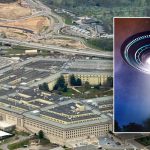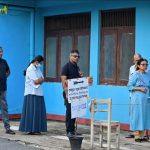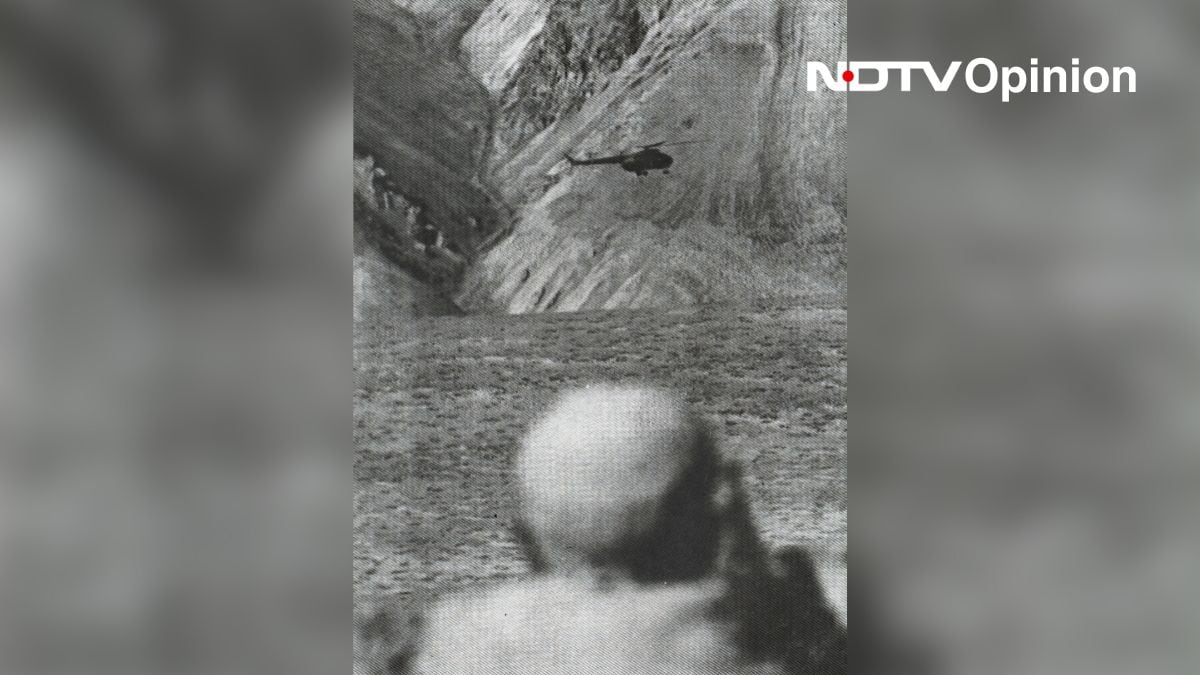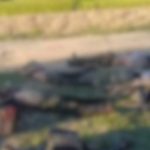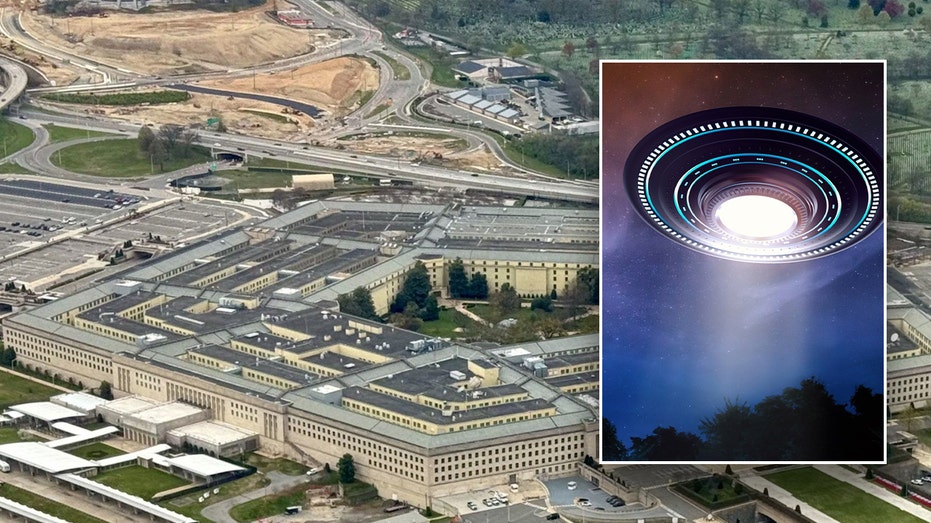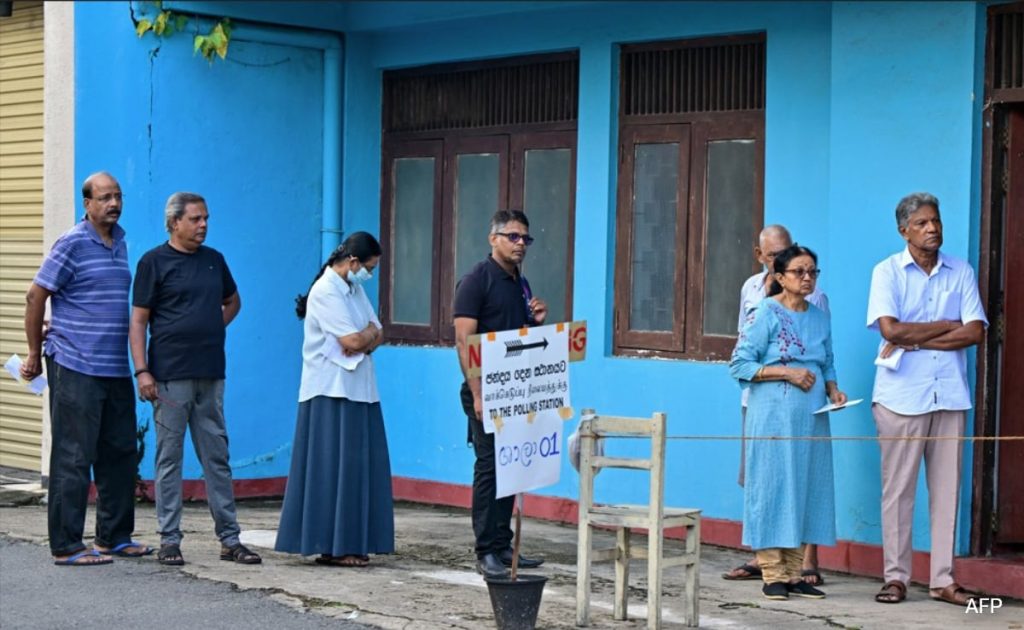
(1962) A Mi-4 in the Galwan Valley, as seen from the Chinese side.
It was August 1962. The Alpha company of 5 Jat was in Chushul when it received a directive to take control of Hot Springs. It was never the plan to send the Alphas further down from there, to Galwan. Major Ajit Singh’s Bravo company was to take that post. However, when he insisted that his company remain at Hot Springs, the task befell the Alphas. And that is how, in October, about 60 soldiers arrived at the Galwan post: unexpectedly and without much preparation.
Numerous difficulties would beset the Alphas at Galwan. Apart from heavy snowfall, Chinese posts closed off the land route completely. The post was entirely dependent on air supplies, which meant that on occasion, supplies would also land on the enemy side. The Chinese also kept up their attacks to demoralise the Alphas by circling the posts and yelling propaganda slogans like ‘Hindi Chini Bhai Bhai’.
The Jats prepared four posts in the complex: the company headquarters with one section under Major Srikant Sitaram Hasabnis, a platoon under Subedar Hoshiar Singh, another section under Naik Inder Singh, and a post comprising the remaining men under Subedar Nihal Singh. There was no communication between these posts. Supplies were in limited numbers too, with 16 soldiers reportedly lacking any kind of weaponry. Even the radio communication between the headquarters of the company and that of the battalion was only as per schedule. Every soldier was scared and felt as though they had been thrown into a death trap.
When Bullets Rained
A week passed eventlessly after the last soldier landed in Galwan. But it was an eerie peace, not to last too long. In the early hours of October 20, Major Hasabnis, who was in his tent then, heard a machine gun being fired at his post. As he peeked outside, he was met with a barrage of firing from the Chinese side.
In no time, firing from all directions engulfed the area. Bullets from rifles, machine guns, and artillery were pelting the ground. Major Hasabnis approached the tent with the radio to alert the battalion and brigade headquarters that they had been attacked by the Chinese. Except, it was radio silence period at the headquarters, which meant that there was no one to alert or ask for help from. The Alphas, thus, with no contact with the outside world, were now left to tackle the Chinese all by themselves.
The remaining company positions were out of sight. Amid heavy gunfire, a company headquarters soldier was seen sitting outside, in the open. Someone questioned him, “Why are you doing this?” He replied, “Intezaar, Saab” (“Waiting, Sir”). One of the 16 unarmed men, he was waiting for the shot that would kill him. Even Major Hasabnis had but just a pistol on him.
Deterred By Nothing
Subedar Nihal Singh’s post was also pounded. After the shelling stopped for a while, the infantry launched a battalion-sized assault on the forward defences. Troops kept fighting from their crumbling defences, and amidst that, Nihal Singh went from man to man, encouraging them to fight till the end.
Not too far away, the JCO was fatally wounded in shelling. Upon noticing this, Sepoy Bhopal Singh immediately ran to him, gave him aid, and moved him to a safe location. He found his LMG-1 severely wounded when he returned to his trench. Even so, he took control of the weapon and dealt severe casualties to the enemy. Ultimately, when he was left with only grenades, he lobbed them at the enemy defiantly, causing numerous fatalities. Eventually, however, as the front-line defences crumbled completely, Bhopal Singh was killed.
Fighting Till The End
Meanwhile, Major Hasabnis, in the rear position, continued to take on the Chinese with his remaining troops. Captain Doctor HN Paul was advised to exit the tent and enter the trench. But before he could do so, the tent caught fire due to an incendiary round; he was presumed to have died. Company Havildar Major Banwari Lal, who was charged with organising ammunition, was also killed by a shell when he was sprinting to supply ammo.

Left, Major S.S. Hasabnis, and right, Subedar Nihal Singh
Subedar Hoshiar Singh’s isolated location wasn’t spared either. Although the initial wave of the attack was repelled, the sheer extent of it was overwhelming. It was clear to Singh that it was a dire moment. After his LMG operators sustained fatal injuries, he personally fired the weapon and took on the adversary, before being shot.
Naik Inder Singh’s weak section also took on a four times larger enemy valiantly. The section gave it all it had, but after an hour, when they had nothing left, they fell, with the enemy taking on their position.
When The Chinese Seized The Post
The hail of gunfire ended quickly, just as it had begun. Unsettling silence suddenly descended over the Galwan complex. Hand-to-hand combat broke out as soon as the adversary closed. Soldiers who were hurt could be heard screaming. After several hours of fighting, the Chinese took complete control of the post, killing 30 Indian soldiers, including Dr. Paul. Eighteen men suffered serious injuries.
The men fought until the last bullet was shot. And even though they knew death and defeat were staring them in the eye, they did not raise the white flag of surrender. Major Hasabnis and his surviving soldiers were taken prisoner by the enemy. Galwan had been seized. Subedar Nihal Singh and one OR died in captivity, while Sepoy Roshan Lal lost his limbs.

A picture of 5 Jat when it reached Chushul to relieve 1/8 Gorkha Rifles from several forward posts.
On October 21, Chinese soldiers again opened fire on Indian helicopters as they flew over the Galwan position. The pilot, after seeing no sign of life at the post, concluded that every single man had either been killed or taken prisoner.
It was only in May 1963 that the captives were finally repatriated. Among them, Subedar Nihal Singh was posthumously awarded Vir Chakra in recognition of his bravery and leadership.
(All photos courtesy of the author)
(Jai Samota is a student and writer from Barisadri, Chittorgarh, Rajasthan, and author of ‘Major Shaitan Singh, PVC: The Man in Half Light’)
Disclaimer: These are the personal opinions of the author
